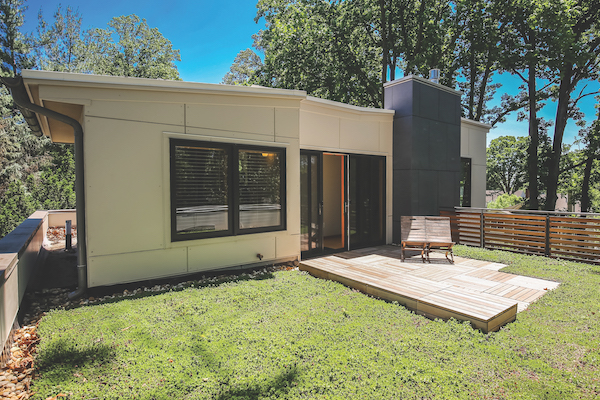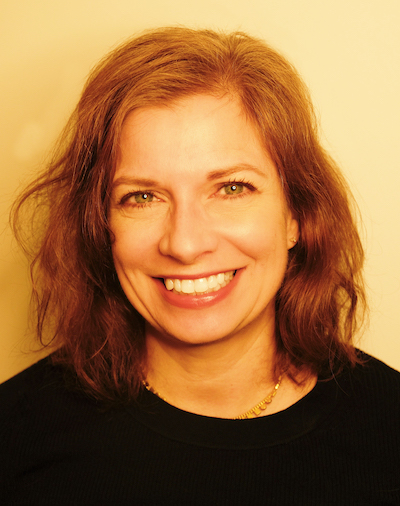Sustainable home building hit a milestone this year, as the California Energy Commission’s new energy-efficiency standards went into effect on Jan. 1, requiring photovoltaic systems and increased energy efficiency for the building envelope, mechanical ventilation, and lighting. Yet, across the vast landscape of American homes, examples of true energy efficiency, wellness, and environmental responsibility are rare.
I began my journey as a green builder 10 years ago when developing land in Chevy Chase, Md. I subdivided a lot with the intention of building two high-performance homes—one for my family, the other on spec. I quickly became frustrated with the paucity of green expertise among contractors, the cost of sustainable materials, and the general lack of information about what makes a home energy efficient. After many months, we abandoned the idea of building a spec house and just sold the lot, as we couldn’t persuade buyers to pay the upcharge. I remember thinking, why is this so difficult? Aren’t Europeans building passive homes at a cost similar to conventional construction?

To be sure, the industry has come a long way in the past decade: U.S. municipalities are adopting increasingly stringent codes for the building envelope, including higher insulation values for walls and windows; LED lights are now affordable; availability of toxin-free and sustainably harvested construction materials also has increased.
Articles showcasing excellence in sustainably built homes have now made their way into mainstream publications and are no longer limited to fringe periodicals. Increasingly, custom builders are realizing a competitive advantage in building luxury high-performance homes for eco-conscious customers. Projects such as Flywheel Development’s Perry Street townhomes, in Mount Rainier, Md., which are built to the International Passive House Standard, and the zHome community near Seattle, by David Vandervort Architects, prove it’s possible to build energy-efficient homes at a reasonable price point.
Yet these promising projects in the single-family home market remain unique. Most high-profile examples of sustainable living, such as Flywheel’s Perry Street, are one-offs for the developer. Very few models achieve replicability on a larger scale. After a decade of research and development, sustainable building is still largely viewed as experimental, and many green builders seem to be stuck in a start-up mentality.
The Chasm Between New and Accepted
In business school discourse, this period of promising pilots with no significant market penetration is known as the “great chasm” in the technology adoption life cycle (TALC); a period during which a new technology languishes, as it has been embraced by a relatively small population of early innovators but still struggles to attract a broader audience. The phenomenon has been well documented for many disruptive technologies, including electric cars, virtual reality, and home automation.
How do green-building explorers bridge the TALC chasm and establish market share among mainstream homeowners? For starters, we need to move away from the lone-wolf syndrome and begin designing projects with replicability in mind. Sharing best practices among more seasoned sustainable builders is key to getting this done. To find development opportunities, green builders may need to exert more pressure on policy makers to pave the way via zoning, building codes, and tax incentives. Also, as outlined in Geoffrey Moore’s seminal book Crossing the Chasm, green builders should capitalize on the dedication and intellect of early adopters.
As the chasm narrows, custom builders will increasingly want to align themselves with sustainable models to ensure a competitive advantage. Adopting new technologies can seem daunting, but fortunately we have decades of R&D to support this transition. Builders can access a wealth of information via green certifications, such as the U.S. Department of Energy’s Zero-Energy Ready program, nonprofit membership organizations, online resources, and subcontractors with green-building expertise.
It remains to be seen what impact California’s new policies have on home building at the national level. But I think we can be certain widespread adoption of sustainable building practices won’t happen through osmosis; it will require a concerted effort to drive technological innovations into our future.
Nicole Tysvaer is the founder and CEO of Symbi Homes, a green builder in the Washington, D.C., metro area.



